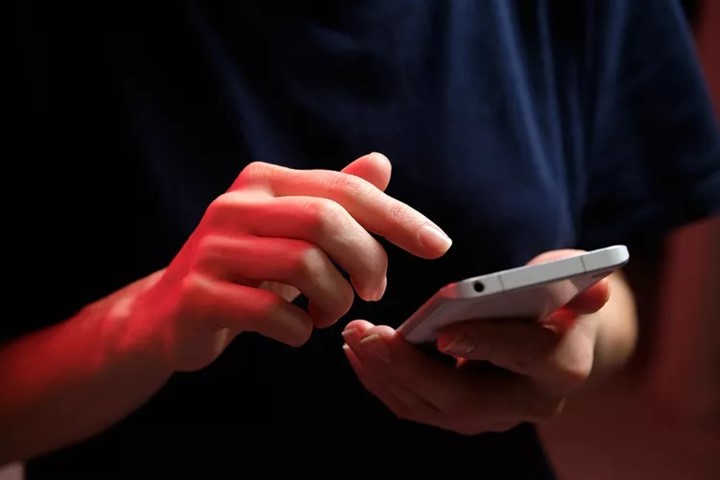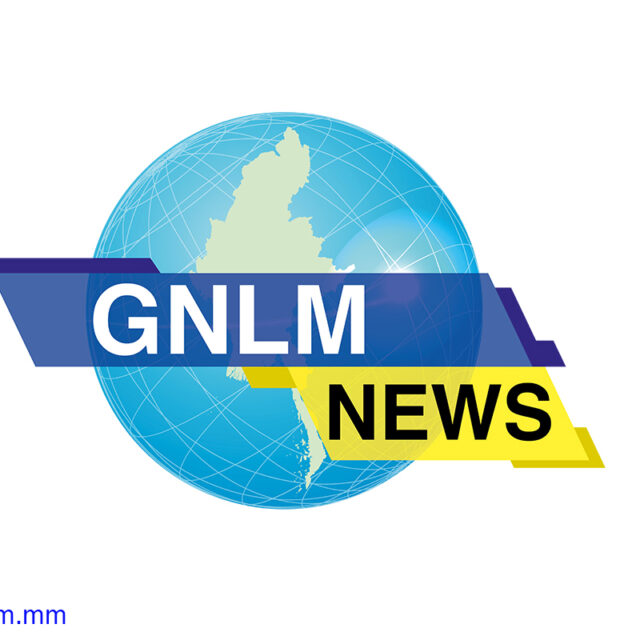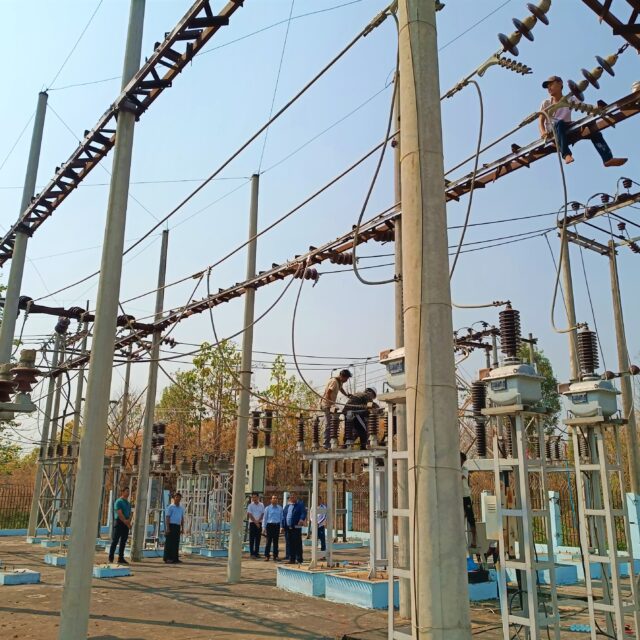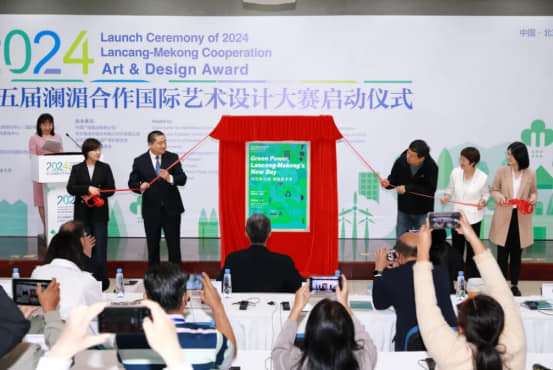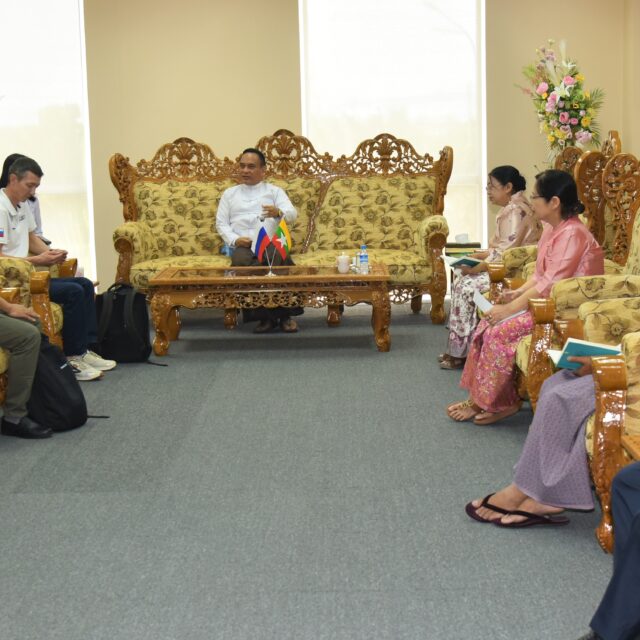By Yin Nwe Ko
Sleep is a biological need. However, a poet known as Samuel Taylor Coleridge composed, “Oh, Sleep. It’s a gentle thing loved from pole to pole. Is sleep poetic as he said? Is sleep a complex matter of what we cannot guess? In this article, my esteemed readers are going to become understand it soon.
Many people experience a terrible feeling after a night of bad sleep: tiredness, grumpiness, difficulty concentrating, and slow reactions. Luckily, catching up on sleep the next day can usually fix these issues. However, if sleep troubles persist, it can lead to serious health problems like obesity, diabetes, and depression.
The amount of sleep each person needs varies, but most adults require seven to nine hours each night. Sadly, many people don’t consistently meet this target. The US Centres for Disease Control and Prevention reports that about a third of US adults don’t get enough sleep daily, and around 20 per cent suffer from chronic sleep issues.
According to Mark George at the Medical University of South Carolina, lack of sleep is a significant problem, and finding a solution would be great. While there are many apps and gadgets claiming to monitor and improve sleep, recent advancements in brain stimulation offer a new approach. Devices that directly interact with brainwaves promise to hack sleep for a better night’s rest.
Consumer sleep technology emerged in 2005 with Zeo’s headband, but it folded in 2012. Fitbit then introduced its Tracker, claiming to measure sleep. Other devices, like smartphone apps and bedside gadgets, followed. By 2015, almost a quarter of US consumers owned sleep-tracking technology. In 2020, experts considered the market saturated.
The goal of these devices is to record sleep duration and quality, offering feedback to help users improve. In sleep labs, polysomnography (PSG) achieves this by using an electroencephalogram (EEG) machine to record brain activity, along with devices tracking eye movements, muscle tension, heart rhythm, breathing patterns, and blood oxygen level. Specialists later analyze the data, breaking down sleep into 30-second segments called epochs to determine wakefulness or sleep stages like rapid eye movement (REM) or non-REM sleep.
The gold standard for measuring sleep is polysomnography (PSG), but it has drawbacks. PSG is expensive, takes a lot of time, can only be done in a lab, and may disturb sleep. It requires experts to operate and interpret data, leading to inconsistent results.
An alternative is actigraphy, using wristbands with accelerometers to track physical activity during the night. While it reliably distinguishes between wakefulness and sleep, it can’t identify different sleep stages and often overestimates sleep duration. Despite these limitations, actigraphy is useful outside the lab over multiple nights.
Early consumer sleep-tracking technologies were based on actigraphy. Some added thermometers, heart-rate monitors, and pulse oximeters to enhance accuracy. However, these indicators are only substitutes for brain activity.
Though early devices fell short of lab-grade tracking, recent studies show improvement. In a 2020 study, seven commercial devices were tested against lab-grade equipment in a sleep lab, and most performed as well as or better than actigraphy.
Real-world comparisons were lacking until a recent study led by Evan Chinoy at the US Naval Health Research Centre. They had 21 people wear four devices — two wristbands, a watch, and a ring — day and night, along with a research-grade actigraphy monitor and an EEG headband at night. Participants lived normally for a week, and the researchers analyzed data from devices like the Fatigue Science ReadiBand, Fitbit Inspire HR, Polar Vantage V Titan, and the Oura Ring.
Overall, all four devices performed well in detecting sleep versus wakefulness and sleep efficiency. Sleep efficiency measures the percentage of time spent asleep in bed and ideally should be around 90 per cent, according to Michael Grandner of the Sleep and Health Research Program at the University of Arizona.
While collecting accurate sleep data is helpful, acting on it is a different challenge. Many sleep devices offer coaching based on collected data, but, as Grandner notes, a sleep tracker is not a sleep improvement program.
Some newer devices, like the Eight Sleep smart mattress, go further by cooling down for sleep and warming up for waking. The Smart Nora pillow detects snoring and adjusts the head position to open the airway.
Responsive interventions to sleep include Kokoon headphones, which monitor heart rate with infrared light. When detecting sleep onset, they fade audio and mask disturbances with nature sounds or pink noise.
The real-world benefits of sleep trackers are unclear. A small trial with WHOOP wristbands showed improved perceived sleep quality but reduced sleep duration, possibly due to advised sleep reduction. However, small gains may not significantly impact those without major sleep issues.
Population-level data suggests limited progress in overall sleep quality. The US Sleep Health Index scores have only slightly increased over the years, indicating modest improvements.
There’s concern that the use of sleep trackers might backfire, leading to obsession and ironically causing insomnia.
Despite challenges, a new phase in consumer sleep technology is emerging. Research-grade sleep trackers, like the Sleep Profiler and Dreem headband, combine PSG details with actigraphy convenience. The Sleep Profiler, FDA-approved, records EEG, heart rate, muscle tone, eye/body movement, and sound in a headband. The Dreem headband, backed by a study, matched PSG results in 2020, signalling potential advancements in at-home gold-standard sleep tracking.
There are exciting developments in sleep technology, including EEG sensors placed in or around the ears. While not as sensitive as lab-based PSG sensors, these devices reliably identify sleeping brainwaves, indicating the sleep stage.
Manufacturers recognize the commercial potential of such devices. Sleep Profiler and Dreem, for instance, have showcased consumer versions. Philips also tested a similar headband named Smartsleep, showing a positive effect on sleep quality. However, Philips seems to have discontinued the product.
A significant breakthrough is the Dreem 2 headband. It not only tracks sleep using EEG, actigraphy, and a pulse sensor but also intervenes when it detects the wearer exiting deep sleep too early. By transmitting vibrations through the skull to the inner ear, perceived as pulses of pink noise, the headband nudges the brain back into deep sleep. This builds on the science that well-timed bursts of noise can enhance deep sleep.
Deep sleep, also known as slow-wave sleep, is the most restorative phase. In 2006, researchers at the University of Lubeck in Germany demonstrated its hackability. They applied electrical currents during deep sleep, leading to increased deep sleep and improved memory. Later, teams explored magnetic fields, sound, and touch for similar effects, though the results were weak. Ian Born, part of the Lubeck team, highlights the brain’s own rhythm’s unpredictability. Their “closed-loop” stimulation, applying auditory bursts when the EEG detects spontaneous slow waves, resulted in stronger and longer deep sleep enhancement and better memory improvements.
These advancements hold promise for improving sleep quality by influencing deep sleep patterns. As technology continues to evolve, we may see more accessible and effective tools for enhancing our sleep experiences.
The Dreem 2’s success in enhancing deep sleep has been widely acknowledged since its 2013 publication. Although the Dreem 2 was discontinued, closed-loop technology is being incorporated into other prototype wearables and consumer sleep headbands.
In a clinical trial led by Caroline Lustenberger at the Swiss Federal Institute of Technology, older adults using an EEG headband called SleepLoop experienced improved deep sleep during stimulation periods. However, responses varied among participants, demonstrating that the technology can benefit some older adults.
For younger individuals, evidence is mixed. Alexandra Puchkova from the Russian Academy of Sciences tested Dreem devices on herself and a small group aged 20 to 40 in 2019. Results varied, with some reporting improvements and others struggling to adapt. Puchkova, while undecided about its personal effects, acknowledges the potential but awaits more conclusive results.
Earable Neuroscience in Boulder, Colorado, offers the FRENZ Brainband, a closed-loop headband that speeds up sleep onset by 24 minutes, as per recent results. Available for preorder at US$490, its future remains uncertain, but closed-loop sleep systems show promise.
Despite uncertainties, many believe in the potential of this sleep stimulation technology. Puchkova expresses high hopes for closed-loop systems, emphasizing their potential to improve sleep in the long run. The continuous development of such technologies holds promise for enhancing sleep experiences, bringing us closer to achieving better and more restful nights.
Now, there is a query. Is sleep poetic or biological?
Reference: New Scientist 25 Nov 2023

